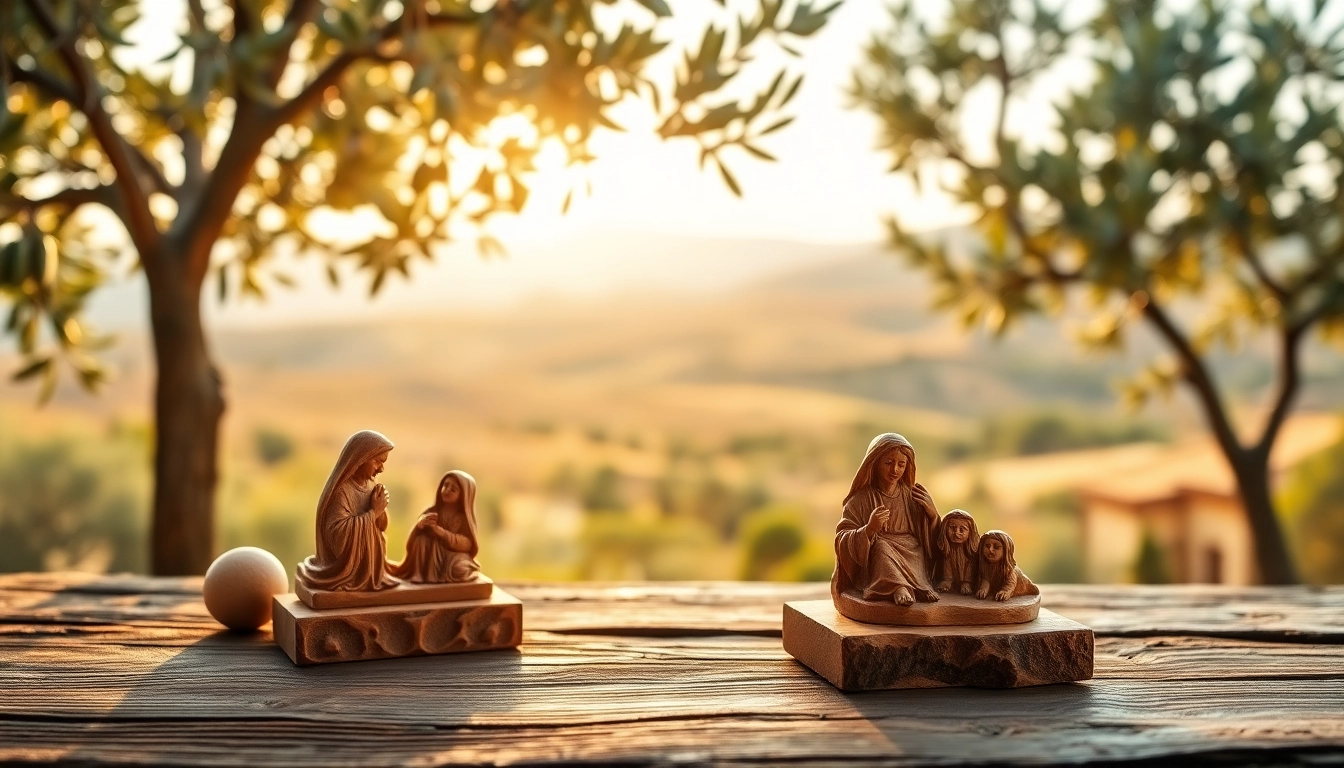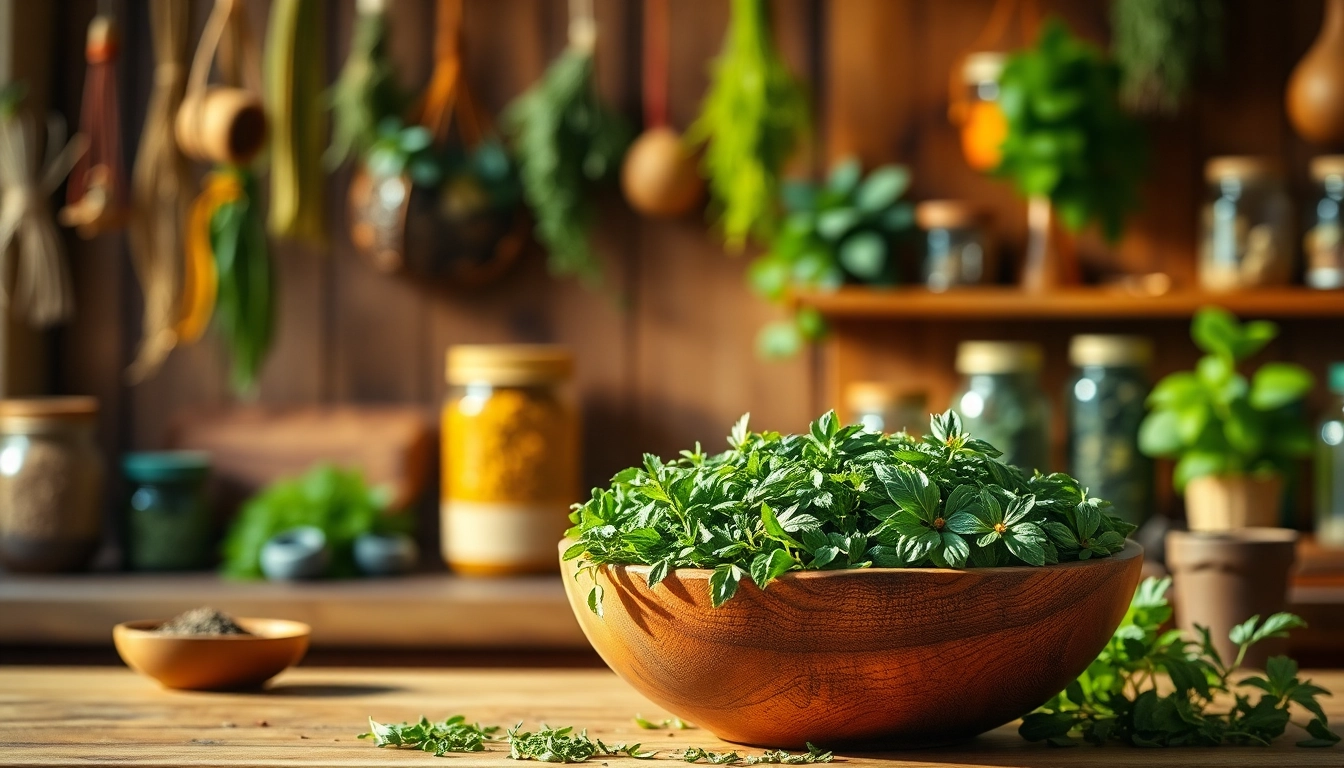Introduction to Olive Wood Carvings
Olive wood carvings have long captivated collectors and art enthusiasts alike. These exquisite pieces, often crafted by skilled artisans from the Holy Land, represent a unique blend of tradition, faith, and artistry. Their intricate designs and the stories they tell have made them highly sought after worldwide. This article delves into the rich history of olive wood carving, its cultural significance, craftsmanship, and where one can find authentic olive wood carvings that embody these timeless traits.
History of Olive Wood Carving
The art of olive wood carving dates back to ancient times, rooted deeply in the traditions of the Mediterranean region. Olive trees, often considered sacred, have been cultivated for thousands of years, providing both nourishment and materials for artisans. The significance of the olive tree is intertwined with various cultural narratives, particularly in Christian faith, where it symbolizes peace and prosperity.
In the early days, craftsmen would use remnants from harvested olive trees after the fruit was collected, ensuring no part of the plant went to waste. This sustainable practice has been a hallmark of the olive wood carving tradition, which flourished in regions like Bethlehem, where artisans developed unique carving techniques passed down through generations.
The Cultural Significance of Olive Wood Art
Olive wood art holds profound cultural and spiritual significance. In many religious traditions, particularly Christianity, olive wood is used to create holy artifacts that serve to inspire faith and devotion. Items such as crosses, nativity sets, and religious figures are commonly carved from this durable wood, providing not just aesthetic appeal but spiritual connection as well.
Additionally, these carvings have become symbols of solidarity with the people in the Holy Land, especially as a reminder of their cultural heritage and resilience. By purchasing these artworks, individuals play a role in supporting local artisans and preserving this ancient craft, thus keeping its rich history alive.
Materials and Techniques Used in Carving
The choice of materials is paramount in the art of olive wood carving. The primary resource, olive wood, is known for its rich, warm tones and intricate grain patterns that cannot be replicated. These characteristics make each piece unique, carrying the natural essence of the tree it came from.
Artisans employ various traditional techniques, including hand-carving and polishing, to transform raw wood into stunning pieces of art. Each stage of the carving process requires a delicate touch and keen eye to preserve the wood’s integrity while enhancing its beauty. Tools like chisels and knives, often handcrafted by the artisans themselves, play a crucial role in achieving the desired detail and design manipulations.
The Artistry Behind Olive Wood Carvings
Skillful Craftsmanship of Local Artisans
One of the defining features of olive wood carvings is the skill of the local artisans. Most of these craftsmen have inherited their skills from their forefathers, steeping their work in cultural traditions that span hundreds of years. The artisans often undergo extensive training, learning the nuances of carving from master craftsmen within local communities.
The dedication to quality is evident in the time-consuming processes artisans engage in to ensure that each piece is a reflection of their skill and passion. Whether creating detailed religious sculptures or ornamental pieces, the craftsmanship demonstrates a blend of artistry and spirituality that resonates with collectors and enthusiasts worldwide.
Unique Designs and Symbolism in Carvings
Each olive wood carving tells a story, often steeped in a rich array of religious and cultural significance. The carvings may depict biblical events, saints, or symbolic representations that hold meaning. For example, nativity scenes crafted during Christmas are particularly popular, with intricate details that evoke profound emotional responses from viewers.
Beyond religious symbolism, many artisans also infuse contemporary design trends into their work, creating pieces that appeal to modern aesthetics while retaining the essence of traditional craftsmanship. This juxtaposition of old and new allows olive wood carvings to remain relevant in today’s diverse artistic landscape.
Artistic Trends in Olive Wood Sculptures
As the art of olive wood carving continues to evolve, various artistic trends have emerged. Contemporary artists are exploring innovative designs, pushing the boundaries of traditional forms in olive wood art. Some have started integrating mixed media into their pieces, combining olive wood with metals, stones, or glass, creating a new dimension in their creations.
Furthermore, there is a growing trend towards personalization in olive wood carvings, where artisans create custom pieces that resonate deeply with individual buyers. Personalized gifts made from olive wood, such as engraved names or dates on crosses or decorative items, provide a unique, sentimental touch that enhances the value of the artwork.
Popular Types of Olive Wood Carvings
Religious Figurines and Nativity Sets
Among the most popular types of olive wood carvings are religious figurines and nativity sets, which are often sought after by collectors and gift-givers alike. These pieces serve both decorative and devotional purposes, making them perfect additions to homes and places of worship.
The craftsmanship involved in creating these figurines is remarkable, with fine details that bring biblical stories to life. Artisans often spend hours, if not days, perfecting the forms and expressions of characters in these scenes, making each nativity set a prized possession that can be cherished for generations.
Decorative Items and Home Decor
Aside from religious artifacts, olive wood carvings also encompass a wide range of decorative items for homes. Bowls, trays, and wall art made from olive wood are popular choices that adorn living spaces and add an organic touch to interiors. These pieces not only serve an aesthetic purpose but also engage the senses, as the texture and natural patterns of the wood invite tactile exploration.
Olive wood’s durability makes it ideal for functional items, while its beauty ensures that these pieces remain striking focal points in any room. Many contemporary designers utilize olive wood in minimalist designs, allowing the wood’s character to shine through without being overshadowed by embellishments.
Personalized Gifts Made from Olive Wood
Personalized gifts crafted from olive wood are gaining popularity as people seek meaningful and unique presents for special occasions. Items like customized keychains, engraved keepsakes, and photo frames can be tailored to honor significant moments in a recipient’s life.
The ability to personalize these items makes them particularly appealing for weddings, anniversaries, and other milestones. Such gifts not only reflect thoughtfulness but also sustain cultural heritage, as they often carry a story or lesson from the person’s life.
Preserving and Care for Olive Wood Carvings
Maintenance Tips for Long-lasting Beauty
To ensure the long-lasting beauty and integrity of olive wood carvings, proper maintenance is essential. First and foremost, keeping the pieces away from direct sunlight and extreme humidity is crucial, as these factors can lead to warping or cracking over time.
Periodically applying food-safe mineral oil can safeguard the surface, preserving its luster and preventing it from drying out. A thin coat ensures that the wood retains its natural beauty, enhancing the color and grain without leaving a greasy residue.
Proper Cleaning Techniques for Olive Wood Artifacts
Cleaning olive wood carvings requires a gentle approach to maintain their beauty. Instead of removing dirt with abrasive cleaners, a soft cloth dampened with water can effectively remove most dust and smudges. For deeper cleaning, a mild soap solution can be used, but it should always be followed by immediate drying to prevent moisture from penetrating the wood.
Avoid soaking the pieces in water or using dishwasher settings, as this can severely damage the wood. Gentle care and regular attention will ensure that olive wood carvings remain beautiful and vibrant for years to come.
Avoiding Damage and Preserving Value
To preserve the value of olive wood carvings, it is crucial to handle them with care. Keeping carvings in protective cases or dedicated spaces away from high-traffic areas can prevent unintentional damage. Additionally, understanding the history and provenance of each piece can further contribute to its value over time.
Regular inspections for signs of wear, cracking, or pest issues can help avert more significant damage. Engaging professionals for conservation work when needed can retain the quality of cherished pieces, ensuring that they continue to tell their stories through generations.
Where to Buy Authentic Olive Wood Carvings
Local Artisan Markets in the Holy Land
For those seeking authentic olive wood carvings, there is no better venue than the local artisan markets found in the Holy Land. Cities such as Bethlehem, Jerusalem, and Nazareth are renowned for their skilled craftsmen, many of whom operate small workshops and stalls showcasing their creations. Visiting these markets provides a unique opportunity to engage with artisans, gaining insights into their techniques and the stories behind their work.
Online Stores Specializing in Olive Wood Items
For those unable to travel, several reputable online stores specialize in olive wood items, connecting artisans with a global audience. Websites dedicated to promoting handicrafts from the Holy Land can offer a wide variety of options, including religious artifacts, decorative pieces, and customized gifts. Ensuring that an online store prioritizes fair trade practices is essential for supporting artisans and their communities.
Supporting Fair Trade Practices in Art Sales
When purchasing olive wood carvings, it is vital to consider the source to ensure that artisans receive fair compensation for their work. Supporting fair trade practices not only uplifts artisans but also contributes to the sustainable continuation of this beautiful craft. Consumers can look for certifications or brands that explicitly commit to ethical practices, creating a positive impact on both the artist’s livelihood and the preservation of cultural heritage.



